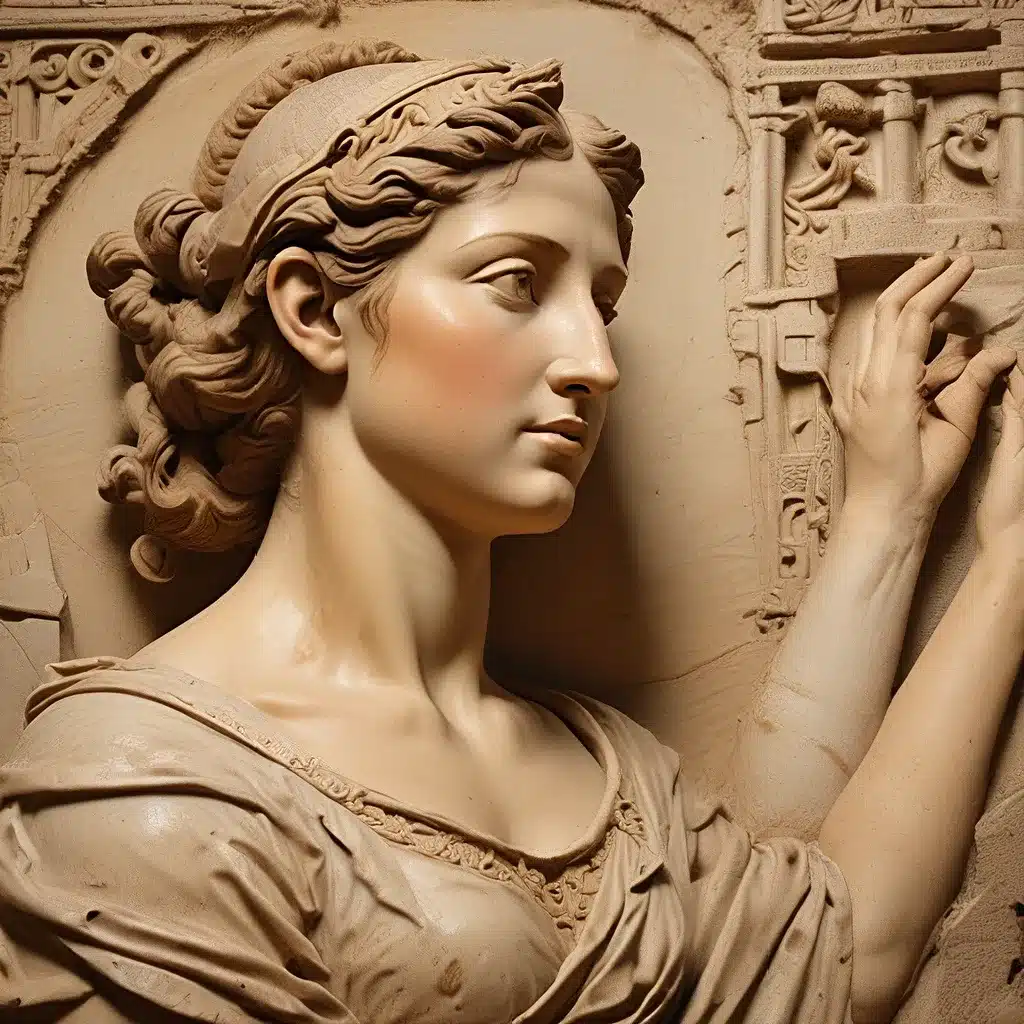
Unveiling the Pylos Combat Agate: A Prehistoric Greek Masterpiece
In the spring of 2016, a remarkable discovery was made in the Pylos region of Greece that would forever change our understanding of ancient Greek art and culture. University of Cincinnati researchers, led by Shari Stocker and Jack Davis, unearthed the 3,500-year-old tomb of a Bronze Age warrior, which revealed an incredible trove of riches, including four solid gold signet rings and an intricately carved gem or sealstone that has been hailed as one of the finest works of prehistoric Greek art ever discovered.
The Pylos Combat Agate, as the exquisite sealstone has come to be known, depicts a fierce hand-to-hand battle between two warrior figures, showcasing a level of detail and artistic sophistication that was previously unimaginable for the Minoan and Mycenaean civilizations. The scene, which has been described as reminiscent of the sweeping battles and epic heroes of Homer’s Iliad, is a testament to the remarkable artistic achievements of these ancient cultures.
The discovery of the Pylos Combat Agate has not only challenged accepted wisdom about the origins of Greek civilization but has also prompted a reconsideration of the evolution and development of Greek art. As Stocker and Davis explain, the level of detail and anatomical accuracy depicted on the sealstone is on par with the classical period of Greek art, which is over a millennium later.
Uncovering the Secrets of the Griffin Warrior
The tomb of the Griffin Warrior, as the researchers have dubbed it, was hailed as the most significant archaeological discovery in Greece in more than half a century. The remarkably intact and undisturbed grave revealed the well-preserved remains of what is believed to have been a powerful Mycenaean warrior or priest, buried around 1500 BC.
Alongside the warrior’s body, the researchers uncovered an incredible trove of burial riches, including four solid gold rings with intricate Minoan-style iconography, silver cups, precious stone beads, fine-toothed ivory combs, and an intricately built sword among other weapons. This treasure-laden tomb has been described as a time capsule into the origins of Greek civilization, providing a unique glimpse into the cultural and artistic practices of the Minoan and Mycenaean worlds.
One of the most significant findings from the tomb was the Pylos Combat Agate, a limestone-encrusted sealstone that was discovered lying face-down near the right arm of the warrior. After painstaking conservation efforts, the researchers were able to uncover the intricate details of this miniature masterpiece, which measures just 3.6 centimeters in length.
The Astonishing Artistry of the Pylos Combat Agate
The Pylos Combat Agate is a true marvel of ancient Greek craftsmanship, with its exquisite detail and breathtaking depiction of a fierce battle scene. The sealstone portrays a victorious warrior who has already vanquished one opponent, now turning his attention to a much more formidable foe, plunging his sword into the shielded man’s exposed neck in a fatal blow.
The level of anatomical detail and musculature displayed on the figures is truly remarkable, with intricate weaponry, ornamentation, and jewelry that are only visible under powerful camera lenses and photomicroscopy. Many of the sealstone’s details are less than half a millimeter in size, showcasing the incredible skill and precision of the ancient artist.
As Davis and Stocker describe, the discovery of the Pylos Combat Agate was a “very moving experience”, with the artistic masterpiece bringing some viewers to tears. They assert that the sealstone is the finest discovered work of glyptic art (the art of engraving on hard stones) produced during the Aegean Bronze Age, and that it will change the way that prehistoric art is viewed.
Challenging the Narrative of Minoan-Mycenaean Interaction
The sophisticated Minoan-style iconography found on the four gold signet rings discovered in the Griffin Warrior’s tomb has also challenged the scholarly consensus regarding the relationship between the Minoan and Mycenaean civilizations. For decades, the prevailing theory has been that the mainlander Mycenaeans simply imported or robbed such riches from the affluent Minoan civilization on the island of Crete.
However, the presence of these Minoan-made artifacts within the tomb of a Mycenaean warrior suggests a far greater and more complex cultural interchange between the two societies. As Stocker and Davis explain, this discovery indicates that the Minoans were capable of producing art of a sophistication that was previously unimaginable, challenging our understanding of the artistic and cultural capabilities of these ancient civilizations.
The revelation of the Pylos Combat Agate’s exceptional quality and craftsmanship further reinforces the need to reconsider the evolution and development of Greek art during the Bronze Age. This miniature masterpiece has been described as a work that should be included in all forthcoming art history texts, as it will undoubtedly change the way we view the origins and progression of ancient Greek artistic expression.
Unlocking the Mysteries of the Ancient World
The ongoing research and analysis of the Griffin Warrior’s tomb and its remarkable artifacts, including the Pylos Combat Agate, continue to shed new light on the Minoan and Mycenaean civilizations and their pivotal role in shaping the foundations of Western culture. As Stocker and Davis have noted, there will be many more surprises to come as the team continues to unravel the full mysteries of this treasure-laden tomb.
The significance of these discoveries cannot be overstated, as they not only challenge our preconceived notions about the artistic and cultural capabilities of these ancient societies but also inspire a deeper appreciation for the rich and complex tapestry of human history. By unearthing the artistic masterpieces of the ancients, we gain a deeper understanding of the creativity, ingenuity, and sophistication that defined these civilizations, reminding us of the enduring legacy and far-reaching impact of the classical world.
As you plan your next adventure, be sure to visit The Lost Kingdoms website, where you can explore more captivating stories and insights into the remarkable discoveries that continue to shape our understanding of the past.


